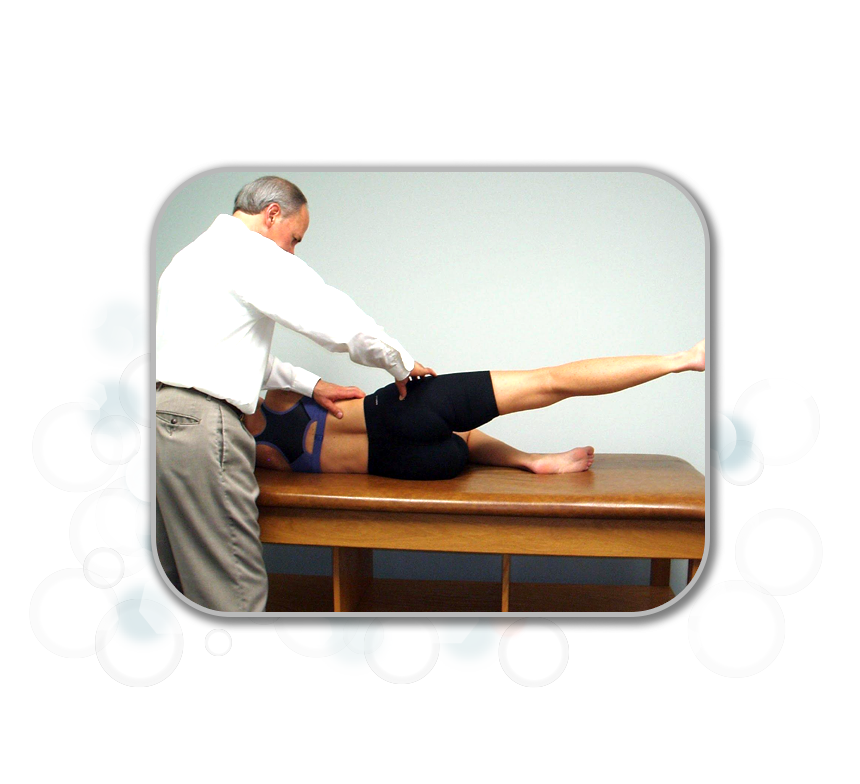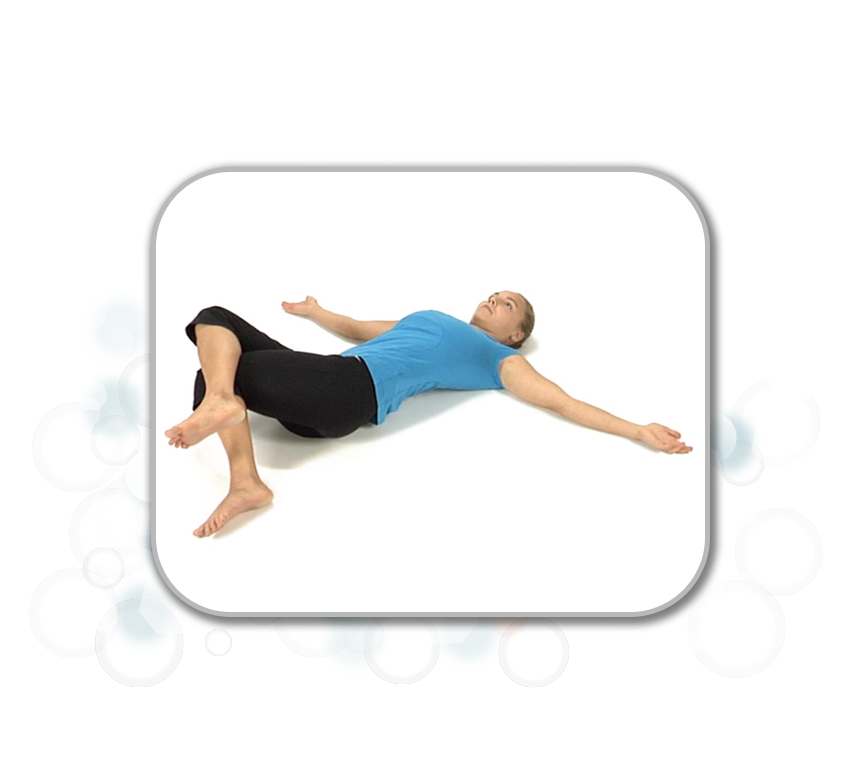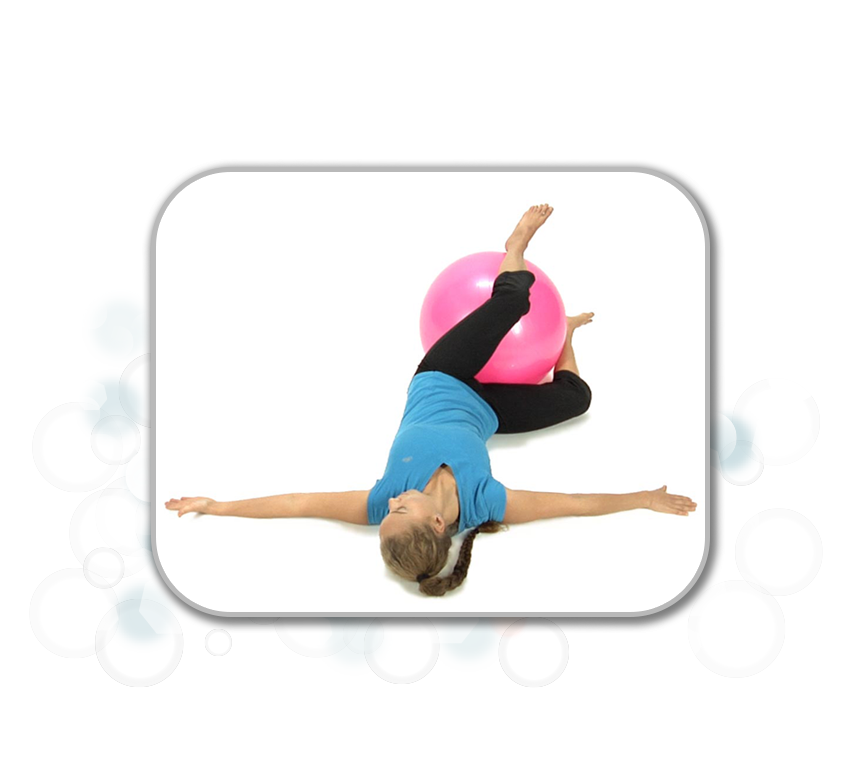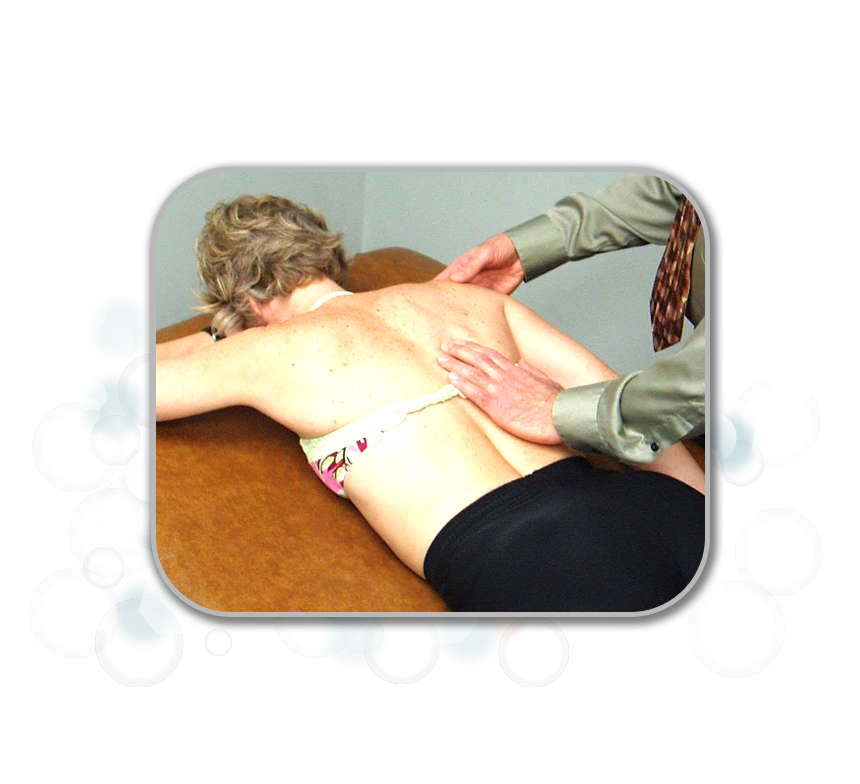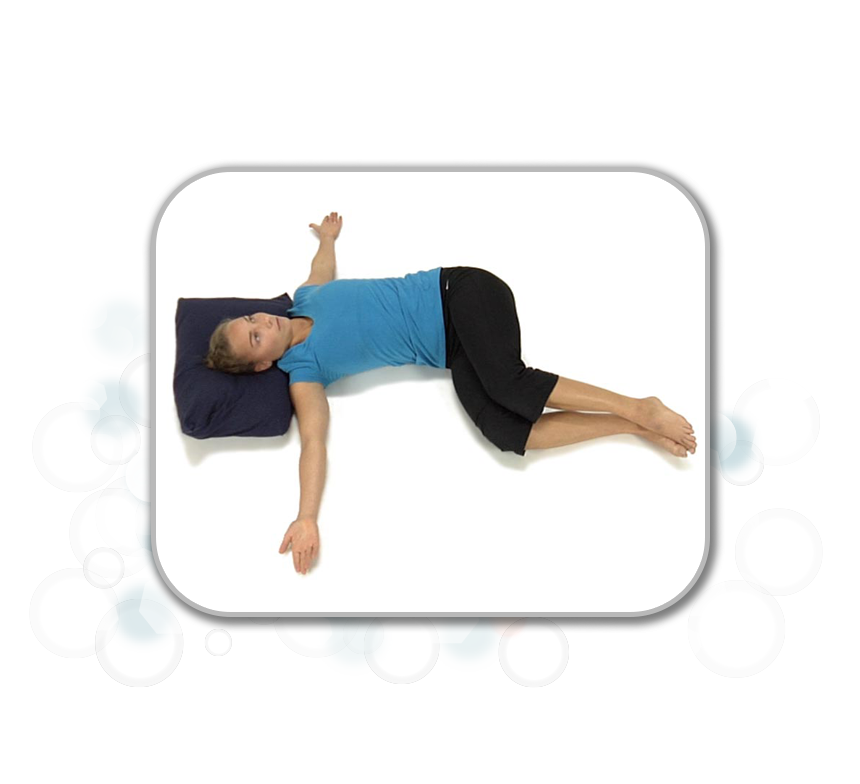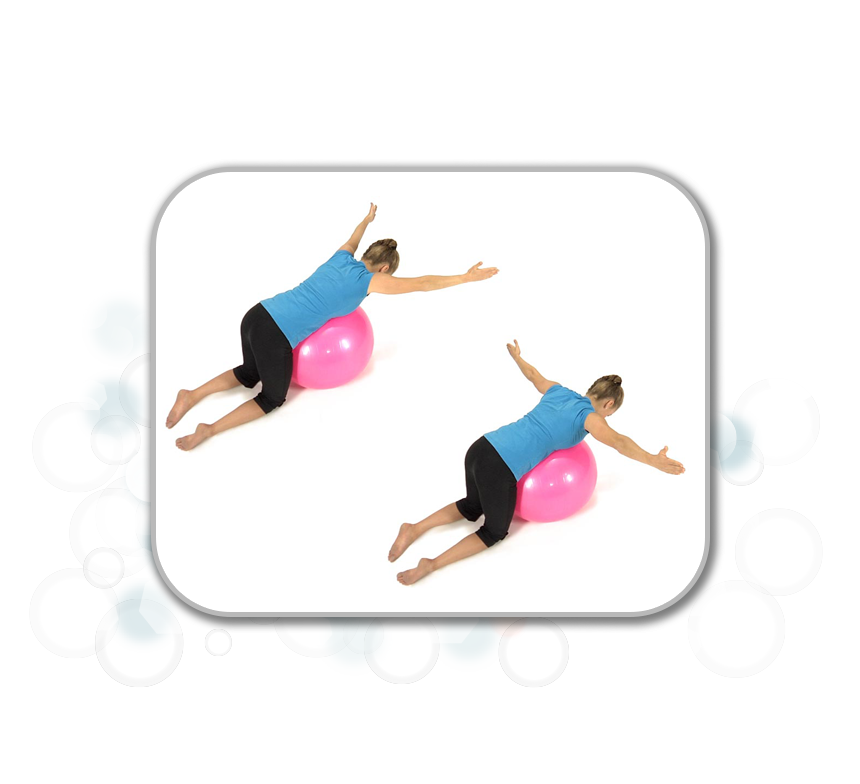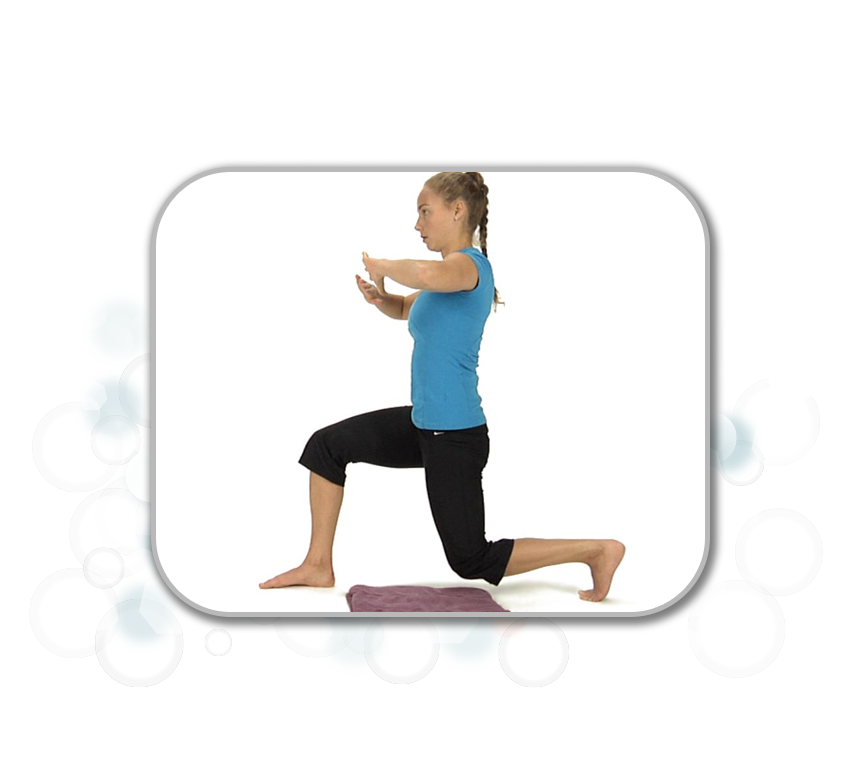
Module 1
An overview of the theory, rationale and scientific support will be presented for identifying causes and treatment of muscle imbalances and lay the foundation for the upper and lower quarter assessment and treatment strategies presented in future modules. Dr. Vladimir Janda’s three cross syndromes as well as his findings regarding the tonic and phasic muscle systems are discussed in detail.

